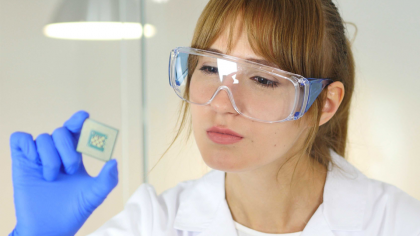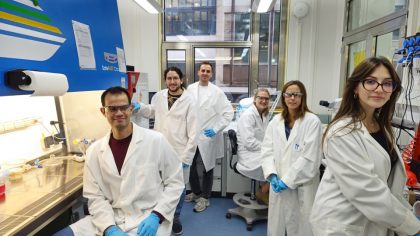N. Saby: “A new AI winter could boost development of responsible AI”
• AI is the focus of high expectations and a great many fears. Its development needs to be accompanied by more reflection if we are to avoid negative cultural and environmental outcomes.
• A new AI winter would be perceived as a setback, but it could also encourage the development of more responsible and ethical AI.
• AI is shaking up the world of work, especially legal departments, where the AI Act has redefined roles played by corporate lawyers and data protection officers (DPOs) who now advise technical teams.
Read the article
• A new AI winter would be perceived as a setback, but it could also encourage the development of more responsible and ethical AI.
• AI is shaking up the world of work, especially legal departments, where the AI Act has redefined roles played by corporate lawyers and data protection officers (DPOs) who now advise technical teams.


Orange is developing secure and streamlined generative AI for its employees
Read the article
Launching new technologies: “Sometimes it’s better to wait for the right moment”
Read the article
Algorithmic biases: neural networks are also influenced by hardware
Read the article

When will we see living robots? The challenges facing biohybrid robotics
Read the article
